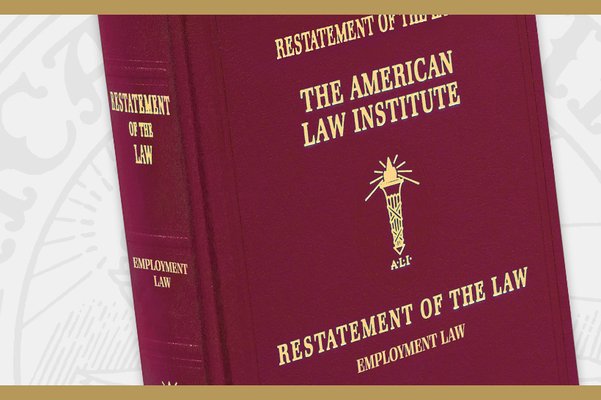Matthew T. Bodie Tackles Employee Autonomy in Law Review Article

In his recently published University of Illinois Law Review article, “The Best Way Out Is Always Through: Changing the Employment At-Will Default Rule to Protect Personal Autonomy,” Matthew T. Bodie of Saint Louis University School of Law develops the employee autonomy themes in Section 7.08 of the Restatement of the Law, Employment Law. Professor Bodie served as an Associate Reporter for the Restatement of the Law, Employment Law.
An abstract:
“Employment at-will is the default rule of termination for the vast majority of American employment relationships. The rule creates a presumption—a strong one—that the contract for employment allows either party to terminate the contract at any point in time. Since its inception, this bright-line rule has given way to carefully curated exceptions, primarily to protect against discrimination and retaliation. This Article proposes that state courts create a new exception to the at-will rule—or, perhaps more accurately, acknowledge an intricacy within the existing default. The personal-autonomy presumption would modify at-will to make clear that employers will not take any action against an employee based on the employee’s personal autonomy, so long as that autonomy does not interfere with the employer’s business or reputation. Employee personal autonomy would be defined to include political affiliations, religious observance, and recreational activities. The default rule would hold that, as part of the bargain between employer and employee, the employer agrees not to leverage the power that it exercises in the work realm to influence employees improperly in the personal realm. In order to change the default autonomy rule, employers would need to further develop their expectations as to off-duty conduct and communicate those expectations to employees. As a result, the employment contract would provide both employers and employees with a better understanding of performance requirements and of the boundaries of their relationship.”
Read the full article here.
